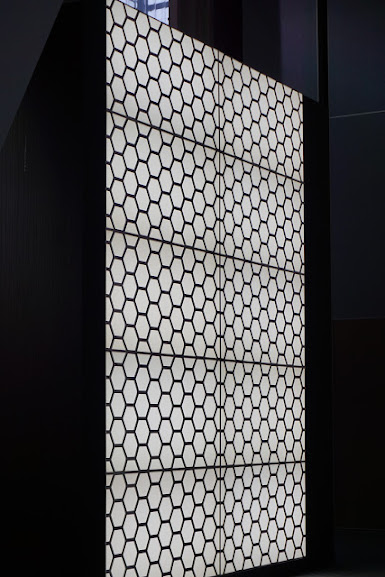New York Stories- Tales of A Former, Historic Bank Now Thriving Across From Grand Central Station in New York City
New York Stories,
a design and architecture column:
a design and architecture column:
The Former Bowery Savings Bank is
one of New York City's architectural and historic gems.

As promised each month we bring you a story for our new column, New York Stories- one where we uncover some historical tidbits about the Big Apple and mostly through an architecture and design lens. Today, we investigate the landmarked building at 110 East 42nd street in Manhattan. This six story building is attached to the original 1923 structure and was once referred to as "the Chapel". Cipriani 42 utilizes it today as a high-end event space in the location across from Grand Central Station. I've become quite familiar with the main ballroom because we've decorated tables in the space for the Lenox Hill gala each year for the past five years. It is a gorgeous ballroom in the heart of Manhattan on a spectacular street, and was the home of the former Bowery Savings Bank built in 1921 in the Italian Renaissance style. It shows marble columns, soaring ceilings and inlaid floors with oversized glamorous chandeliers. The stunning space has a cornucopia of colors infused into geometric patterns in the Traveville marble floors and walls. The marble, limestone, sandstone and bronze screens feel like an Italian basilica. They've left the historic bank teller windows and detailing too so it's quite a unique space.
THE HISTORY- the bank was originally located in lower Manhattan but in 1921, when they decided to move their headquarters to midtown, they built the building across from Grand Central Station (between Park and Lexington Avenues). Designed by York and Sawyer it is a massive space measuring 65 feet high, and 80 feet wide and 197 1/2 feet long. In 1996, it was given New York City landmark status. Edward York and Philip Sawyer were trained by McKim, Mead and White, and in 1898 they created their own firm then contributed greatly to American Renaissance.
THE FLOORS- were created from revival techniques channeling a group of Roman artists who during the middle ages created detailed floors in churches. The exquisite marble floors show hexagon, Lozenge/Star and Lozenge/Square patterning and this detailing continues to the five arched bays in the room as well.
beautiful floors
money, money, money
a Bull Market
these three photos via ephemeral newyork
Happy Nesting
XO Tamara














